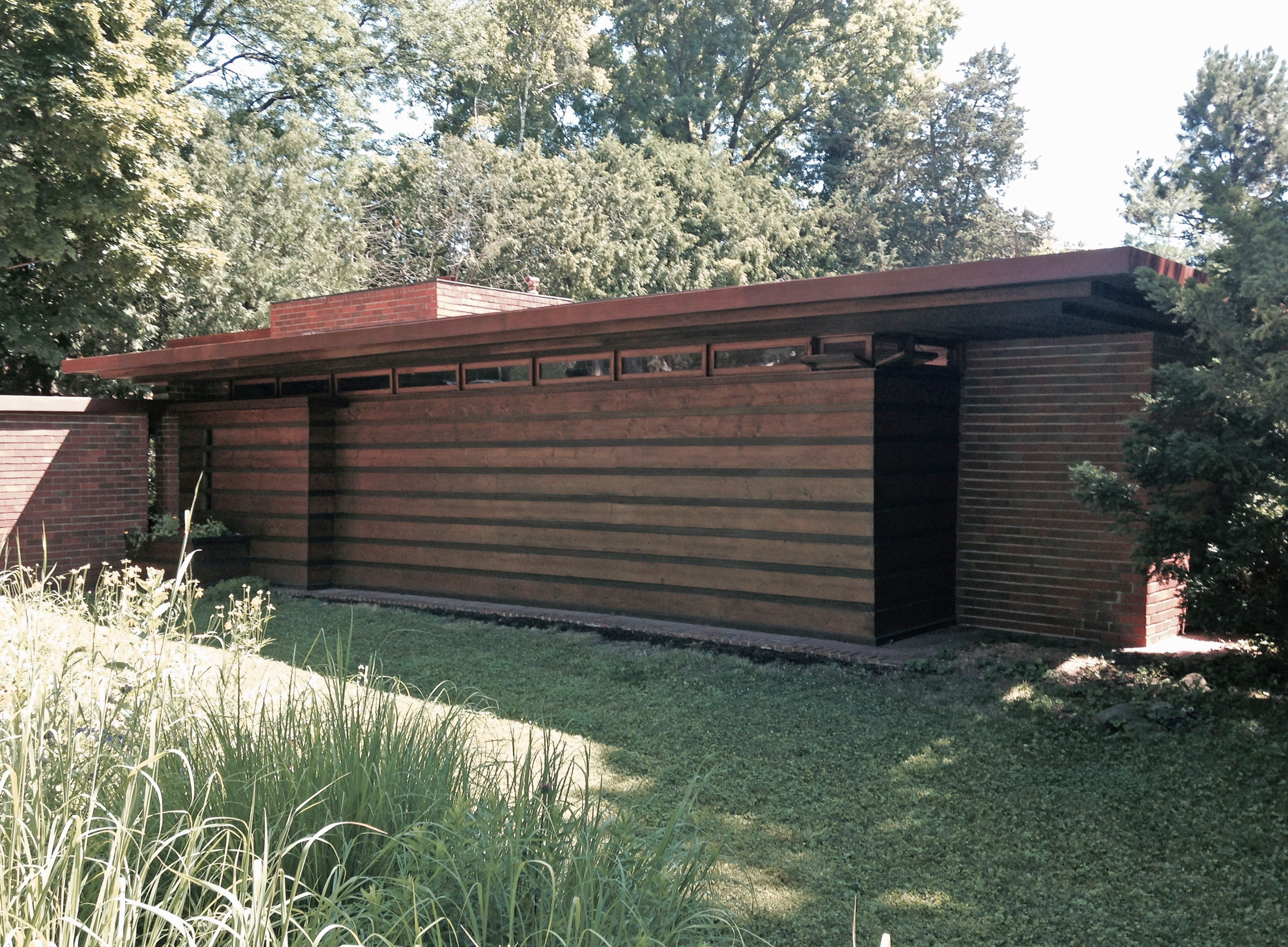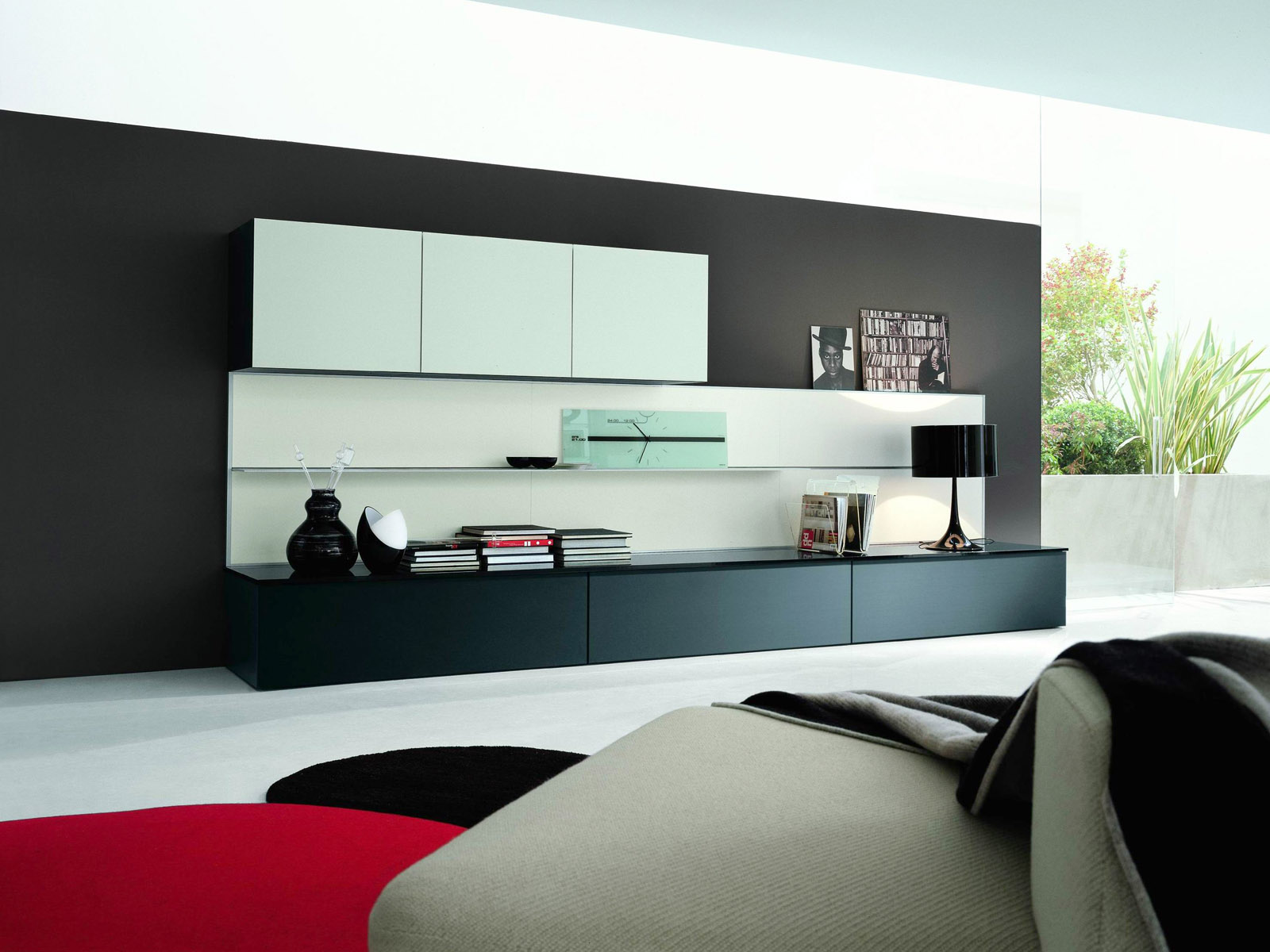Frank Lloyd Wright: The Pioneer of Organic Architecture
Frank Lloyd Wright, an American architect and interior designer, is widely recognized as one of the greatest architects of all time. He is known for his innovative and unique approach to design, which is evident in his stunning living room designs. Wright's work is characterized by his distinctive style, known as organic architecture, which sought to harmonize human-made structures with their natural surroundings.
The Living Room: A Gathering Place for the Family
The living room is often the heart of a home, where families gather to relax and spend time together. It is also a space for entertaining guests and showcasing one's personal style. For Wright, the living room was a crucial part of the home and a reflection of the family's lifestyle and values.
Embracing the Prairie Style
Wright's most iconic living rooms are designed in the Prairie Style, which he developed in the early 1900s. This style was a departure from the traditional Victorian architecture that was popular at the time. It emphasized horizontal lines, low-pitched roofs, and open floor plans to create a sense of spaciousness and connection to the surrounding landscape.
The Influence of Nature in Wright's Designs
One of the main principles of organic architecture is the integration of nature into the design. Wright believed that buildings should be in harmony with their surroundings, and this is evident in his living room designs. He often incorporated natural elements, such as wood, stone, and natural light, into his interiors to create a sense of warmth and tranquility.
Taliesin West: The Ultimate Living Room
To truly experience Wright's vision of organic architecture, one must visit Taliesin West, his winter home and studio in Arizona. The living room at Taliesin West is a perfect example of Wright's design philosophy, with its open floor plan, natural materials, and sweeping views of the desert landscape. It is a space that seamlessly combines indoor and outdoor living, creating a sense of harmony with nature.
Embracing the Mid-Century Modern Aesthetic
Wright's influence on the mid-century modern movement is undeniable, and his living room designs are a testament to this. His use of clean lines, geometric shapes, and a minimalistic approach to decor were ahead of its time. Wright's living rooms exude a sense of simplicity, functionality, and modernity, making them timeless and still relevant today.
The Usonian Living Room: Affordable Luxury
In the 1930s, Wright introduced the Usonian style, which aimed to provide affordable yet stylish housing for the middle class. The Usonian living room was designed to be the central gathering space in the home, with an open plan and a strong connection to the outdoors. Wright's use of simple, natural materials and efficient design made the Usonian living room both practical and beautiful.
The Importance of Design in Wright's Living Rooms
For Wright, design was not just about aesthetics; it was about creating a space that enhanced the lives of the people inhabiting it. His living room designs were a perfect balance of form and function, combining beauty with practicality. From the furniture to the layout and the lighting, every element was carefully considered to create a harmonious and comfortable living space.
Creating an Inviting and Cozy Interior
In addition to his innovative design principles, Wright was also a master of creating inviting and cozy interiors. His living rooms often featured warm, earthy color palettes, comfortable seating, and natural materials to create a welcoming and comfortable atmosphere. He believed that a well-designed living room should be a place where one can truly feel at home.
In Conclusion
Frank Lloyd Wright's living rooms are a testament to his genius and his revolutionary approach to design. They embody his vision of organic architecture, which sought to create a harmonious relationship between humans and their environment. Wright's living rooms are not just spaces to be admired; they are spaces to be experienced and enjoyed, reflecting the values and lifestyle of the people who inhabit them.
A Frank Lloyd Wright Living Room: An Iconic Example of Organic Architecture

The Legacy of Frank Lloyd Wright
:no_upscale()/cdn.vox-cdn.com/uploads/chorus_asset/file/8204425/LivingRoomHomeStudioCaulfield_copy.jpg) Frank Lloyd Wright, one of the most renowned architects in American history, is known for his groundbreaking and innovative approach to design. His philosophy of "organic architecture" sought to integrate buildings harmoniously with their surroundings, blurring the lines between interior and exterior. This concept was exemplified in his creation of the iconic living room, which continues to inspire and influence designers today.
Frank Lloyd Wright, one of the most renowned architects in American history, is known for his groundbreaking and innovative approach to design. His philosophy of "organic architecture" sought to integrate buildings harmoniously with their surroundings, blurring the lines between interior and exterior. This concept was exemplified in his creation of the iconic living room, which continues to inspire and influence designers today.
The Elements of a Frank Lloyd Wright Living Room
 A Frank Lloyd Wright living room is characterized by its use of natural materials, open floor plan, and emphasis on functionality. The furniture pieces are designed to be both aesthetically pleasing and practical, with clean lines and geometric shapes.
Floor-to-ceiling windows
allow for ample natural light to flood the space, creating a seamless connection to the outdoors. The
color palette
is typically earthy and warm, with shades of brown, green, and red, reflecting Wright's love for nature.
A Frank Lloyd Wright living room is characterized by its use of natural materials, open floor plan, and emphasis on functionality. The furniture pieces are designed to be both aesthetically pleasing and practical, with clean lines and geometric shapes.
Floor-to-ceiling windows
allow for ample natural light to flood the space, creating a seamless connection to the outdoors. The
color palette
is typically earthy and warm, with shades of brown, green, and red, reflecting Wright's love for nature.
The Importance of Detail and Craftsmanship
 One of the key elements of a Frank Lloyd Wright living room is the attention to detail and craftsmanship. Wright believed that every aspect of a building, no matter how small, should be designed with purpose and care. This is evident in the
intricate patterns
found in the furniture,
handcrafted
by skilled artisans. The
fireplace
is often the focal point of the room, with a
custom-built
design that complements the overall aesthetic.
One of the key elements of a Frank Lloyd Wright living room is the attention to detail and craftsmanship. Wright believed that every aspect of a building, no matter how small, should be designed with purpose and care. This is evident in the
intricate patterns
found in the furniture,
handcrafted
by skilled artisans. The
fireplace
is often the focal point of the room, with a
custom-built
design that complements the overall aesthetic.
A Timeless Design That Continues to Inspire
 Despite being created over a century ago, a Frank Lloyd Wright living room remains a timeless and sought-after design. Its seamless integration of nature and functionality has stood the test of time, and its influence can be seen in modern homes and buildings. The
innovative
and
forward-thinking
approach of Frank Lloyd Wright continues to inspire and shape the world of architecture and design.
Despite being created over a century ago, a Frank Lloyd Wright living room remains a timeless and sought-after design. Its seamless integration of nature and functionality has stood the test of time, and its influence can be seen in modern homes and buildings. The
innovative
and
forward-thinking
approach of Frank Lloyd Wright continues to inspire and shape the world of architecture and design.
In Conclusion
 A Frank Lloyd Wright living room is more than just a space to relax and entertain; it is a
masterpiece
of organic architecture, showcasing the harmonious relationship between human and nature. Its elements of natural materials, functional design, and attention to detail make it a timeless and iconic example of house design. The legacy of Frank Lloyd Wright lives on through his living room, inspiring generations of designers and homeowners to create spaces that are not only beautiful but in harmony with their surroundings.
A Frank Lloyd Wright living room is more than just a space to relax and entertain; it is a
masterpiece
of organic architecture, showcasing the harmonious relationship between human and nature. Its elements of natural materials, functional design, and attention to detail make it a timeless and iconic example of house design. The legacy of Frank Lloyd Wright lives on through his living room, inspiring generations of designers and homeowners to create spaces that are not only beautiful but in harmony with their surroundings.









/cdn.vox-cdn.com/uploads/chorus_image/image/53840255/StudioReception_Caulfield_HiRes_copy.0.jpg)





:max_bytes(150000):strip_icc()/Chuck-Schmidt-Getty-Images-56a5ae785f9b58b7d0ddfaf8.jpg)










.jpg?1385617247)



/modern-transamerica-576839482-5a6d32eb04d1cf003775118a.jpg)























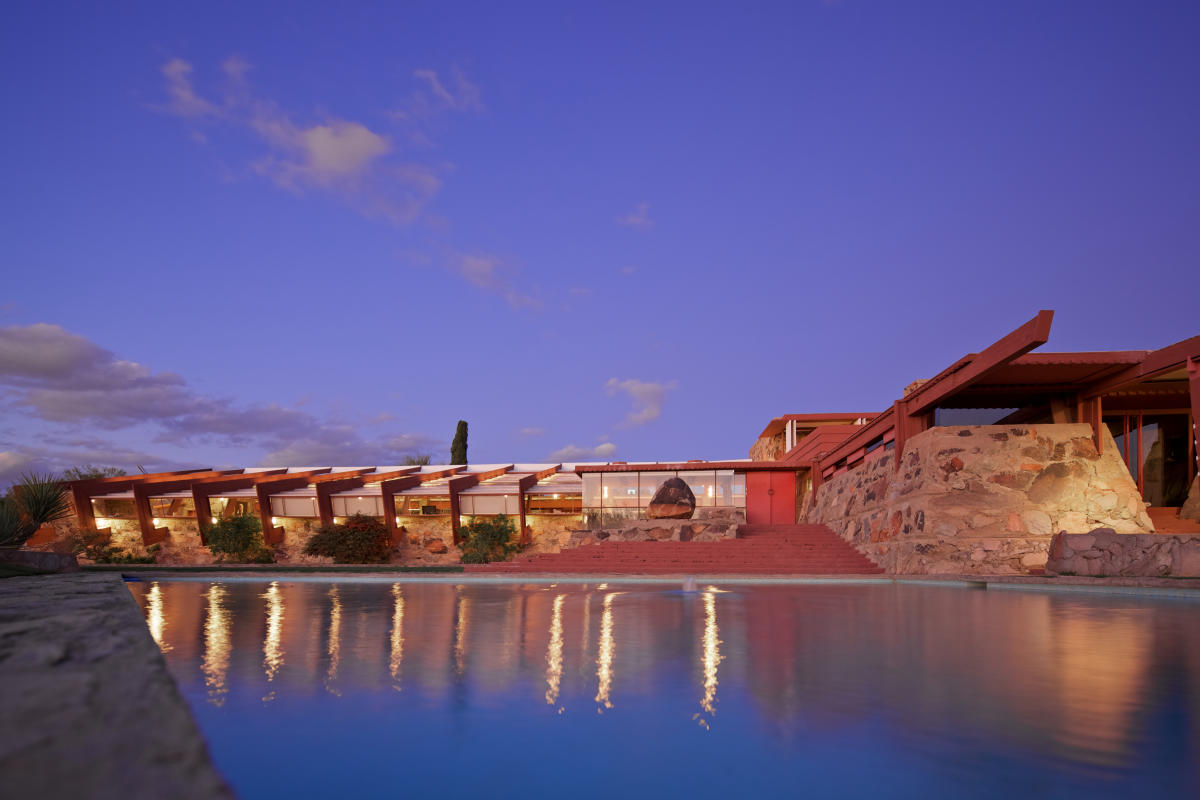
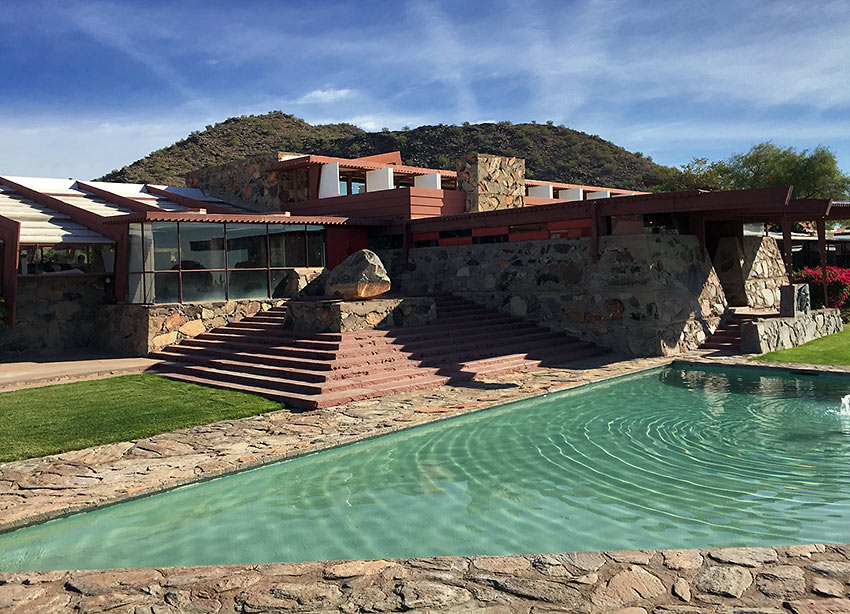








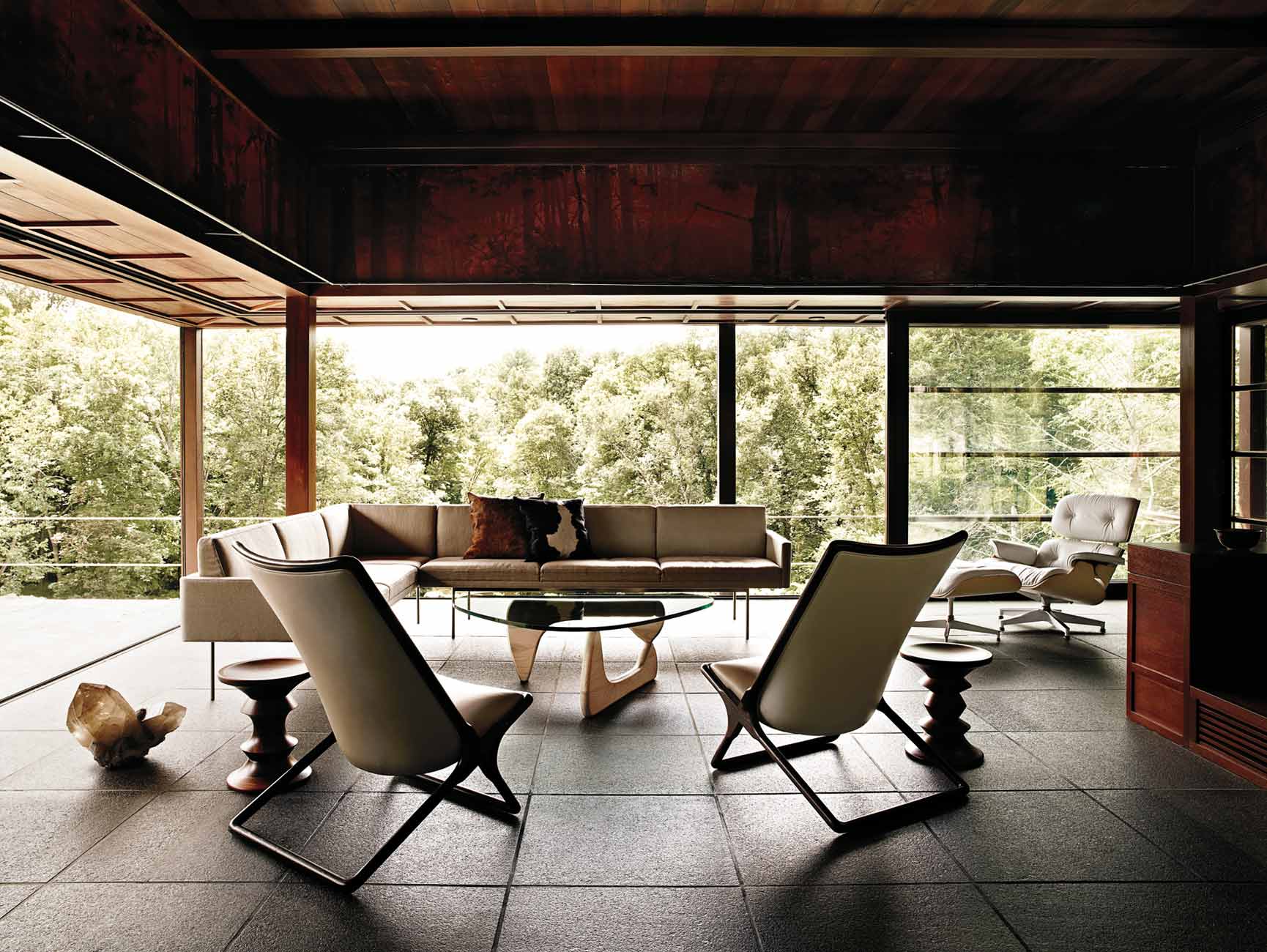






/cdn.vox-cdn.com/uploads/chorus_image/image/59630809/House_Calls_Portland_Nathan_Papazian_living.0.jpg)





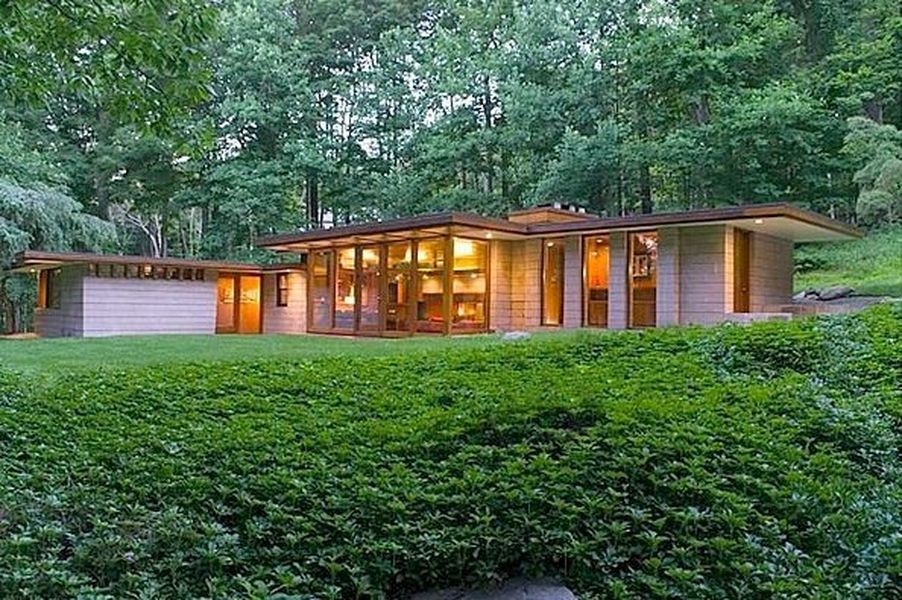
/cdn.vox-cdn.com/uploads/chorus_image/image/61208707/IS13b9131n5zrb1000000000.0.0.1449881343.0.jpg)



